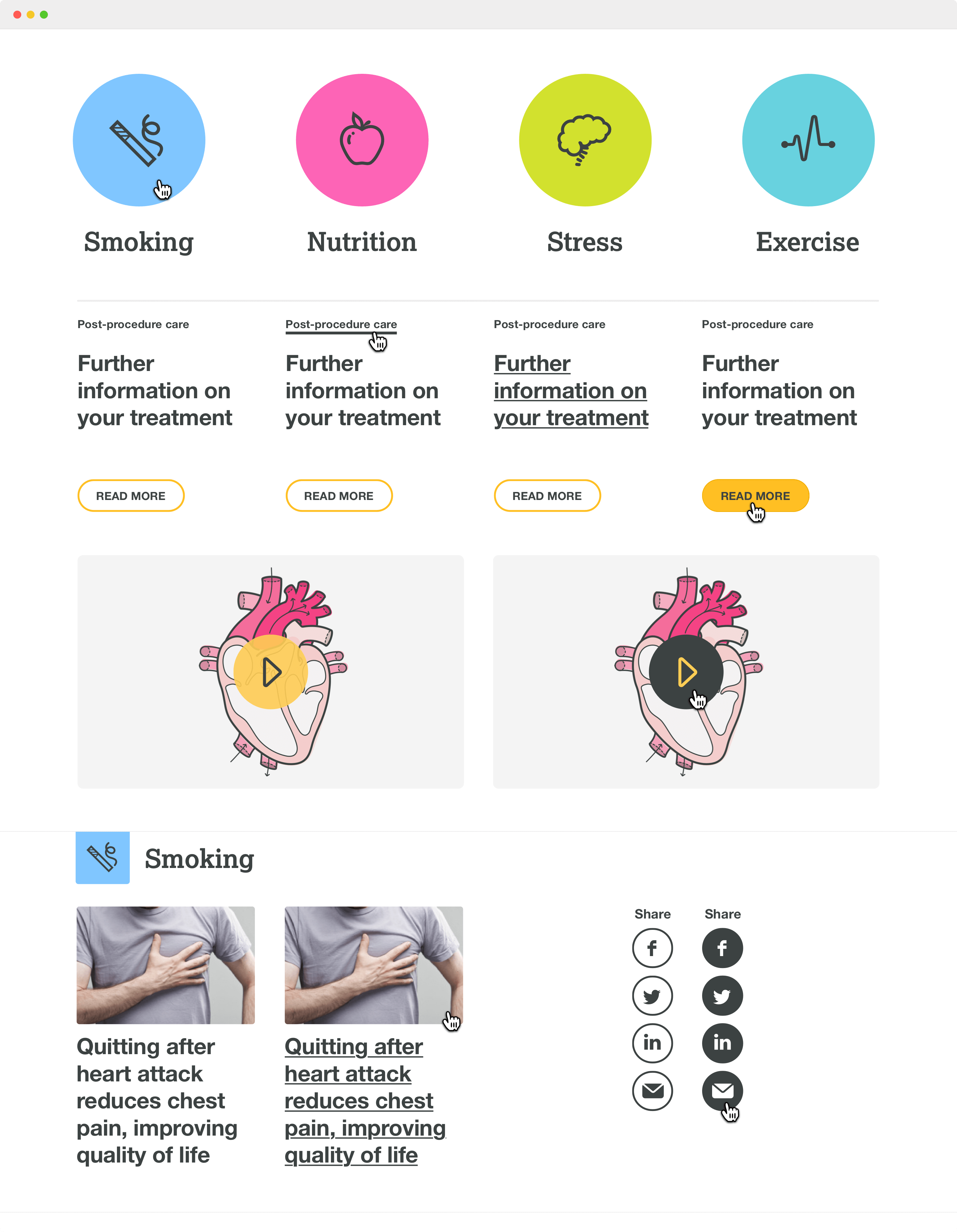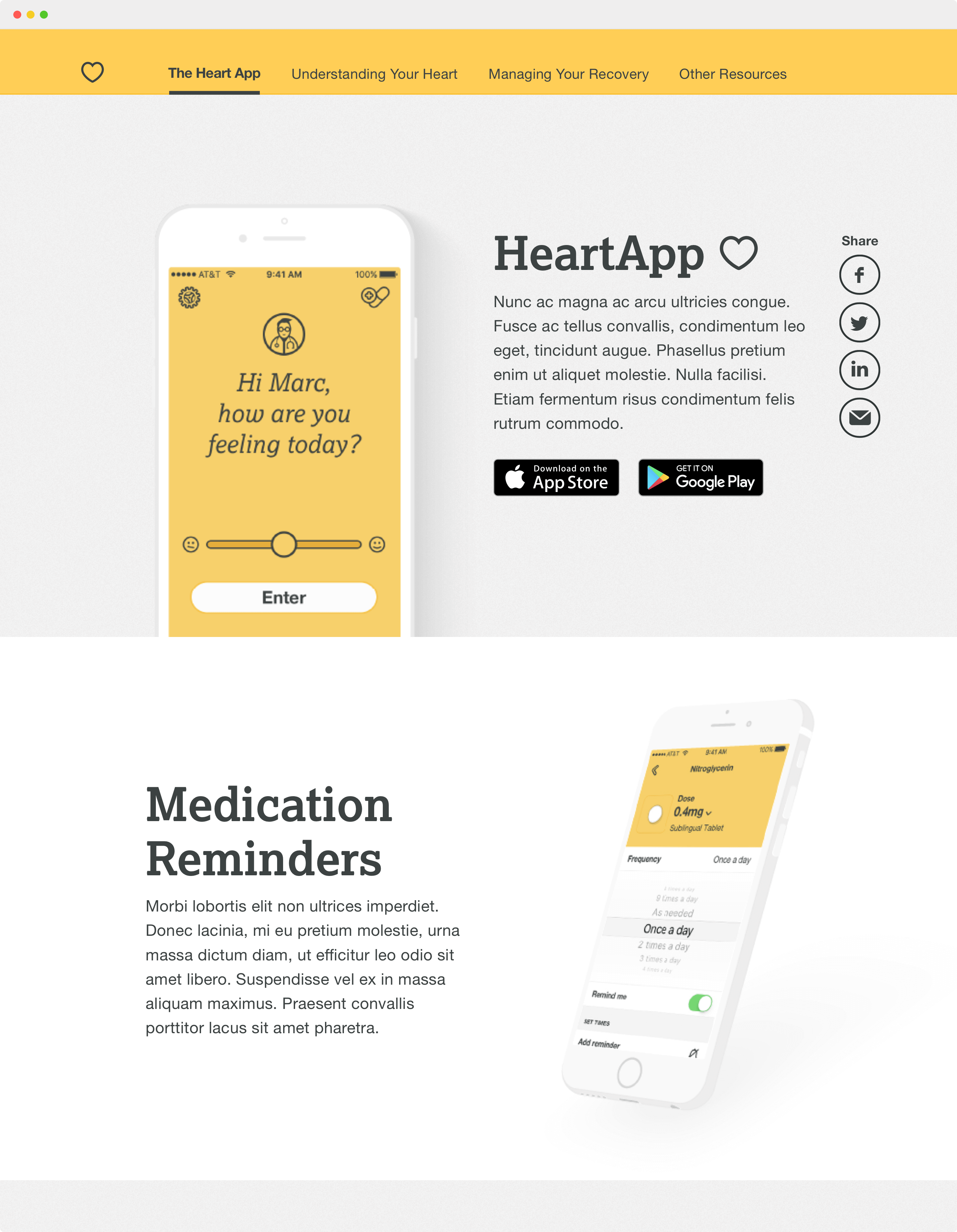Heart Recovery Coach
Create a product to reduce the risk of a reoccurring heart attack while increasing adherence to medication.
Client
AstraZeneca
Company
DigitasLBi
Role
Design Lead
Duration
3 months
We found
Medication adherence is low
Heart attack survivors rarely complete their course of medecines during the recovery period. We found the most common reason being self diagnosis. When the patient feels better, adherence reduces dramatically. This regularly leads to a reoccuring heart attack.
Impersonal advice
There is a lack of personalised care for most victims as advice becomes too generic for the individual across their recovery period, which can be different for each patient depending on their lifestyle, age and fitness.
In developed countries, adherence to medication for chronic diseases averages 50%.
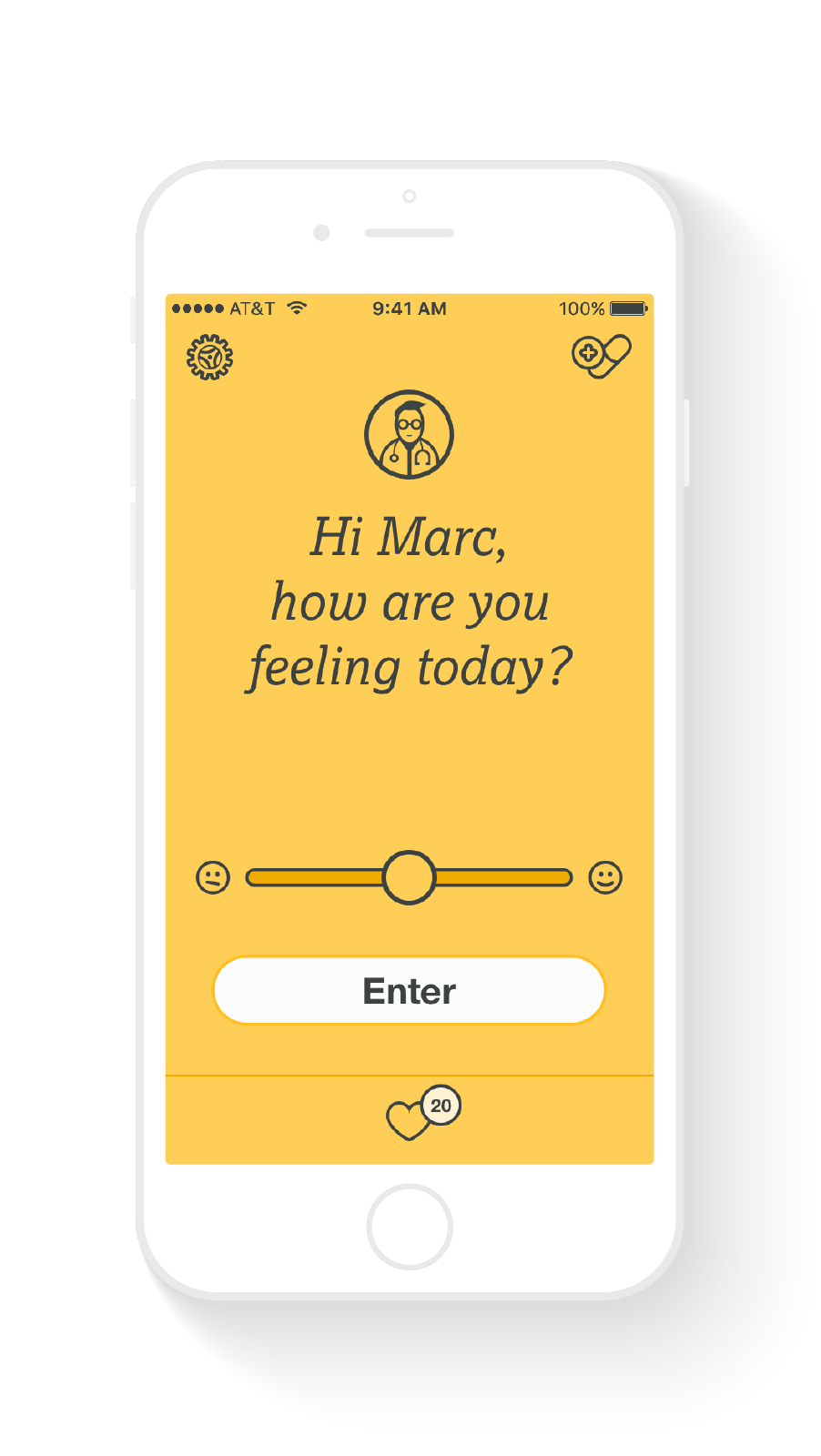
Proof of concept
The app is a personalised tool that tailors content for each patient depending on their situation. We conducted research with patients through different stages of their recovery to truly understand how a heart attack can change each survivor's mental and physical state.
We build an emotion map spanning from day 1 to 12 months of recovery. This gave us a clear focus to conceptualise a service that felt empathetic at all times.
First time use
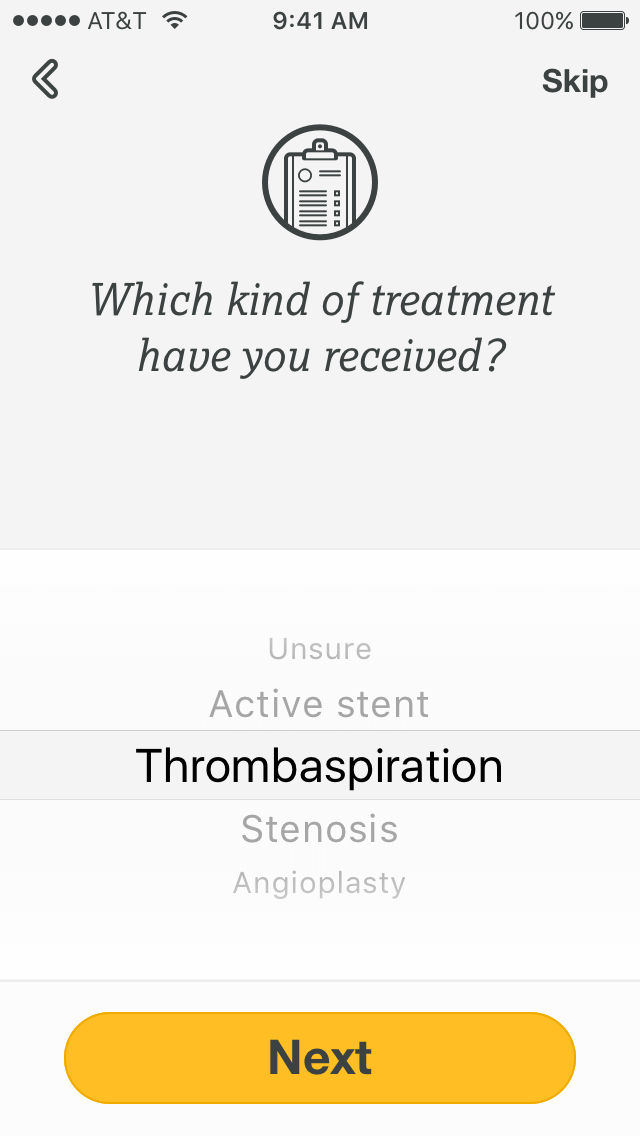
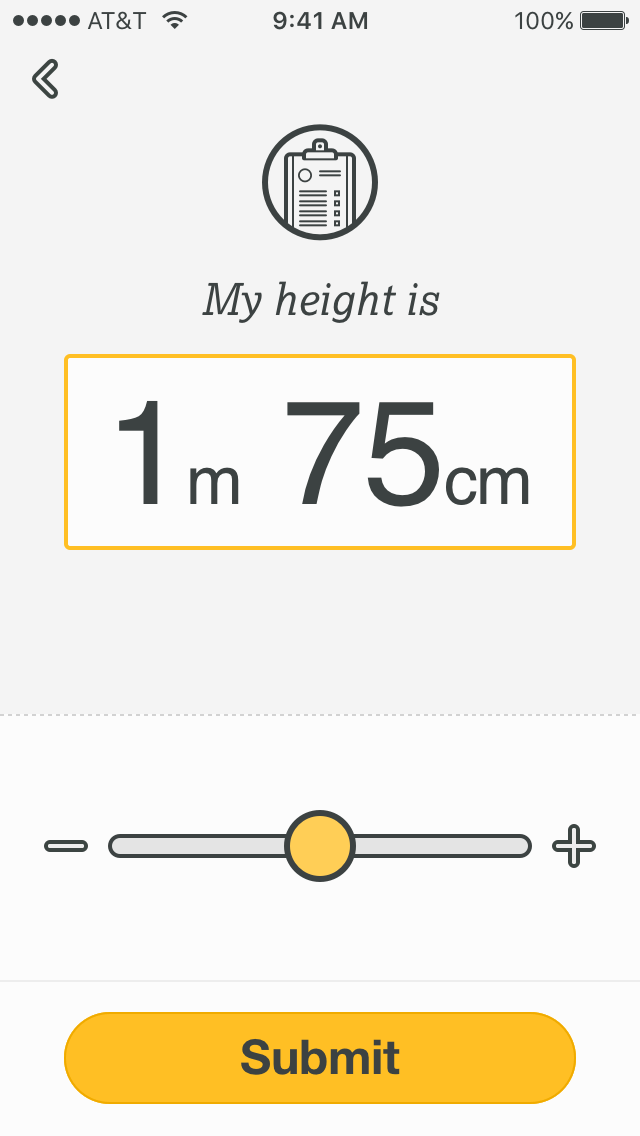
Onboarding
When using the product for the first time, an onboarding flow collects key pieces of information to maximise the specifity of information served to the patient.
Guided experience

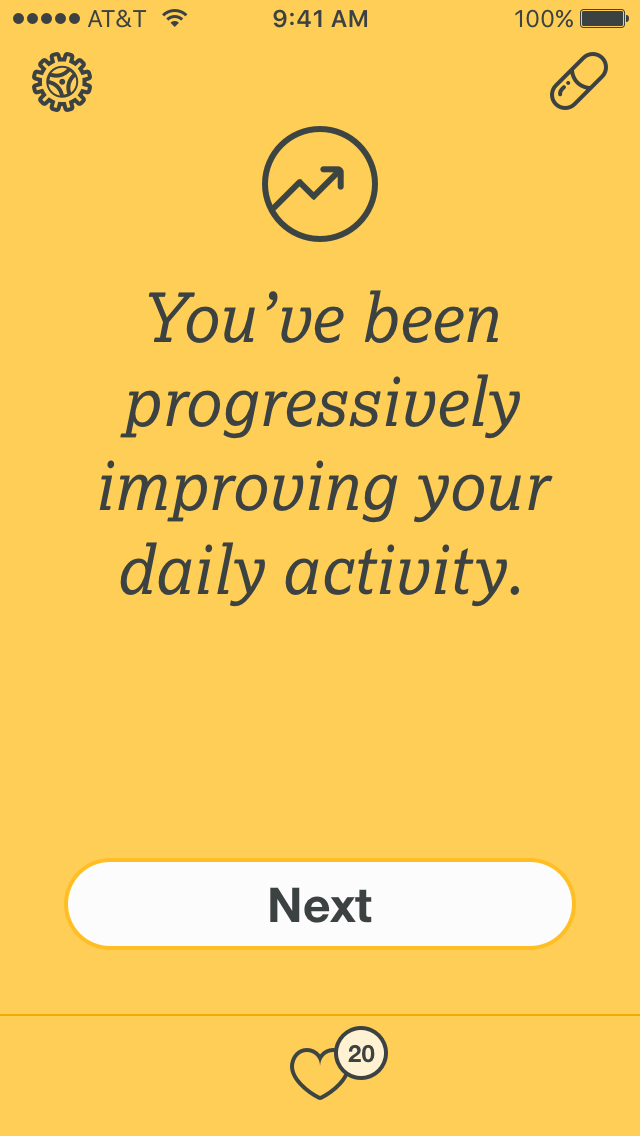
A human touch
Throughout the recovery period, interaction frequency is steadily increased to reflect the patients stage of recovery. In the early stages of recivery, sensitivity is key. We wanted to make sure all information or tasks we're frictionless.
We decided against showing graphs or complixate ui in favour of replaying on ly key pieces of information within a short sentence.
Tailored content
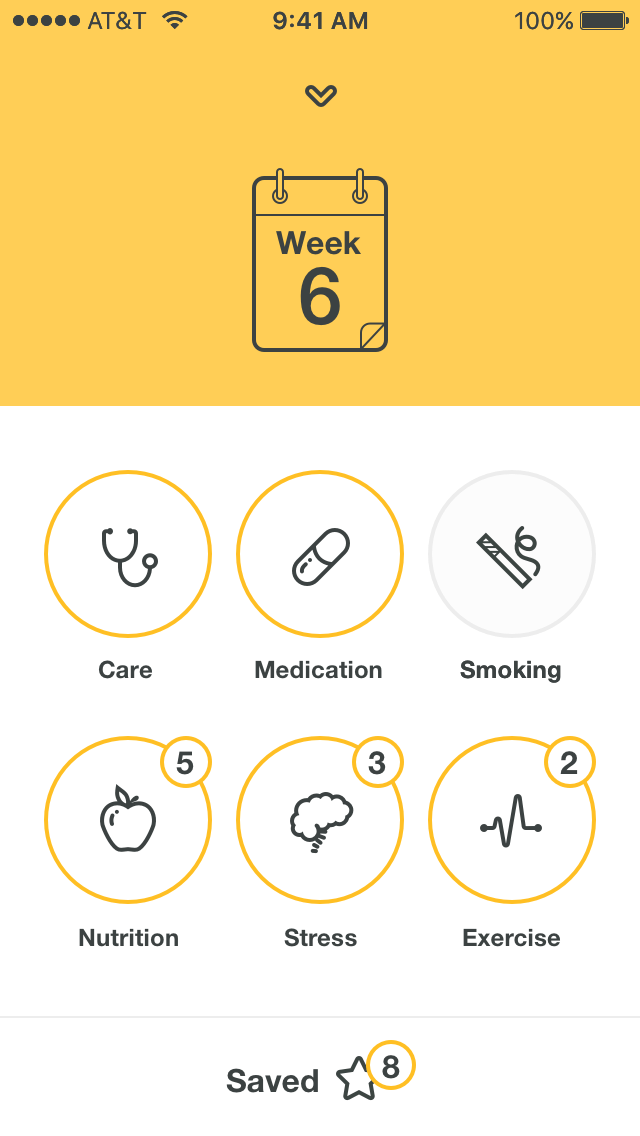

6 key categories
Our app is prodominantly a content hub. We serve content delivered to the patient at set intervals throughout the recovery process. This can range from education, to exercise guides, testimonals and opinion pieces. How we make the content relevant to each patient's personal recovery is governed by the amount of information they tell the app.
Medication tracker
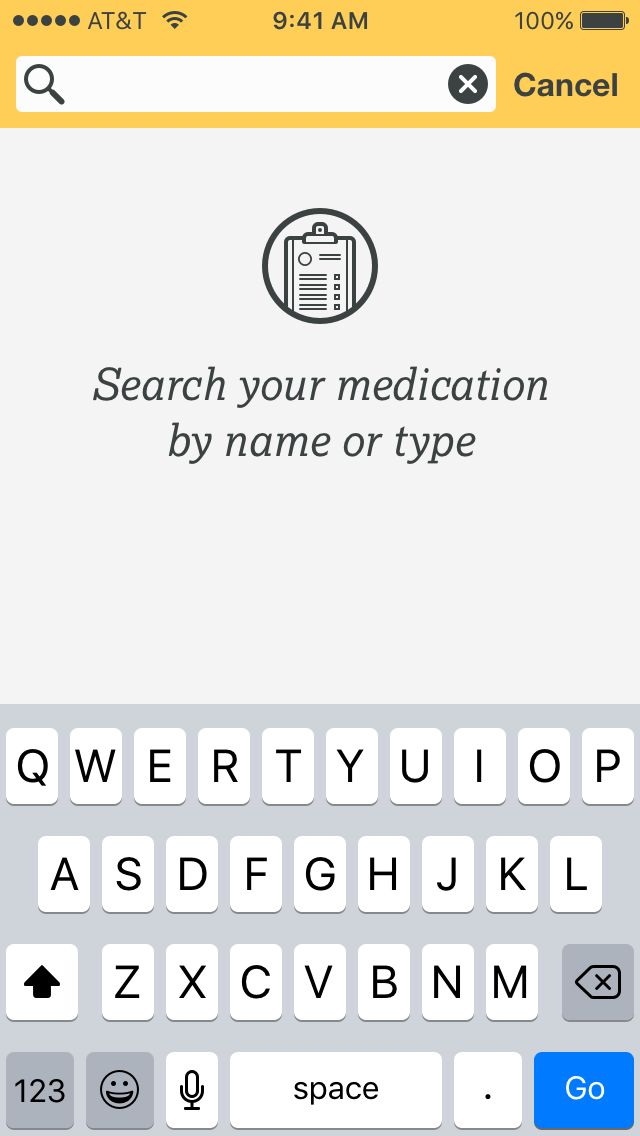
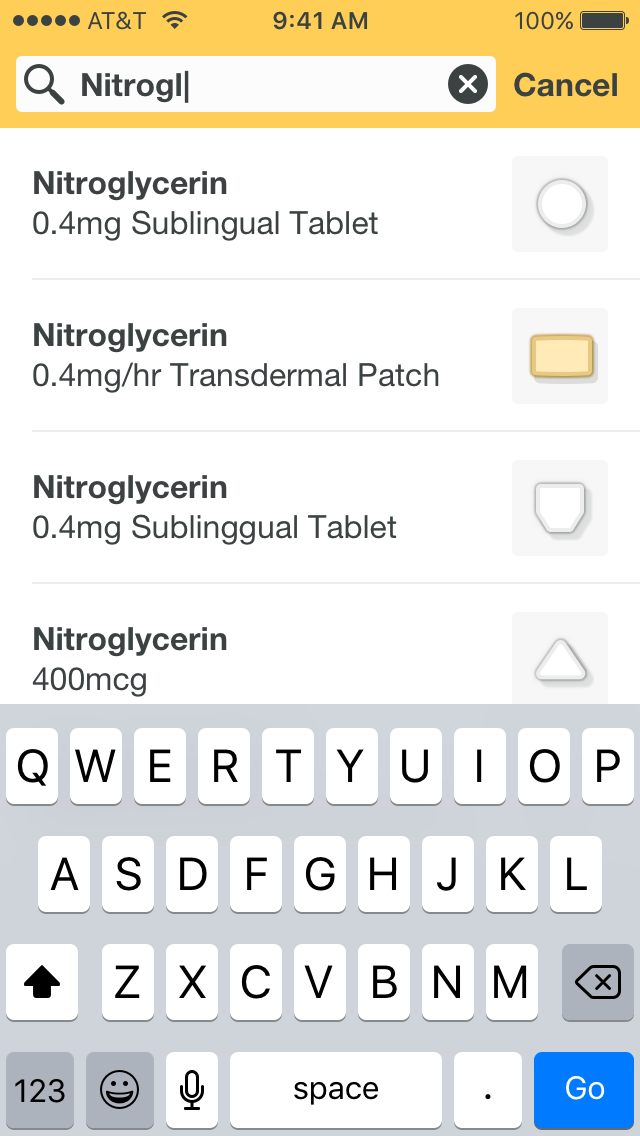
Identifying meds
The medication tracker allows patients to correctly idenify the medication they are on by name, dose, shape, size and color. Once the medication is correctly identified, they can add it to their profile for quick access to information about that medication and otion to set a reminder.
Medication reminder
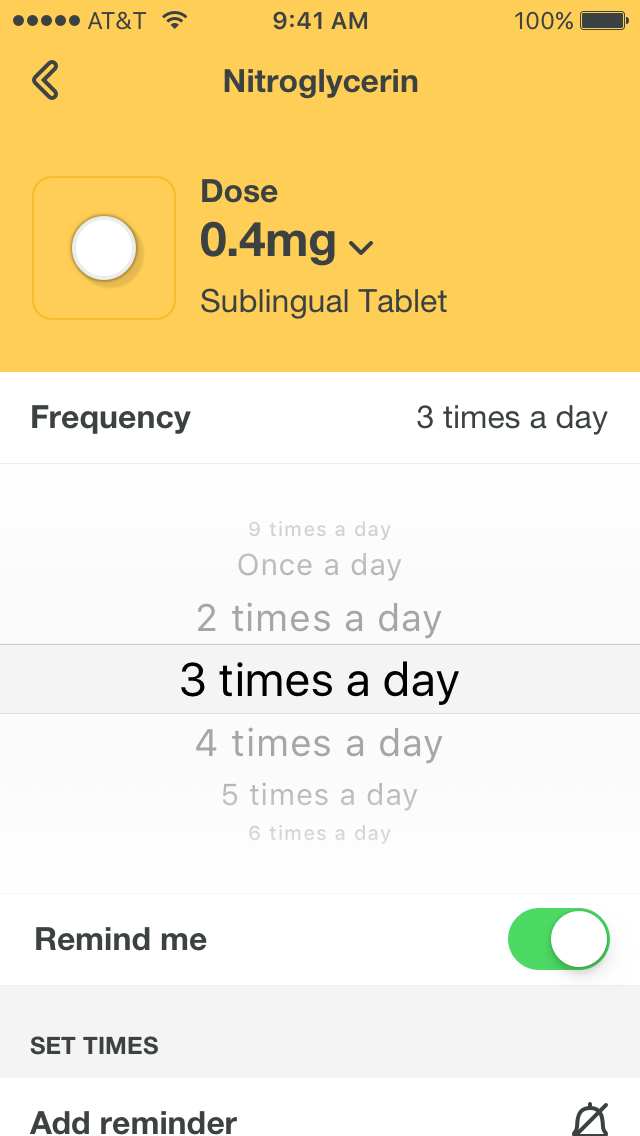
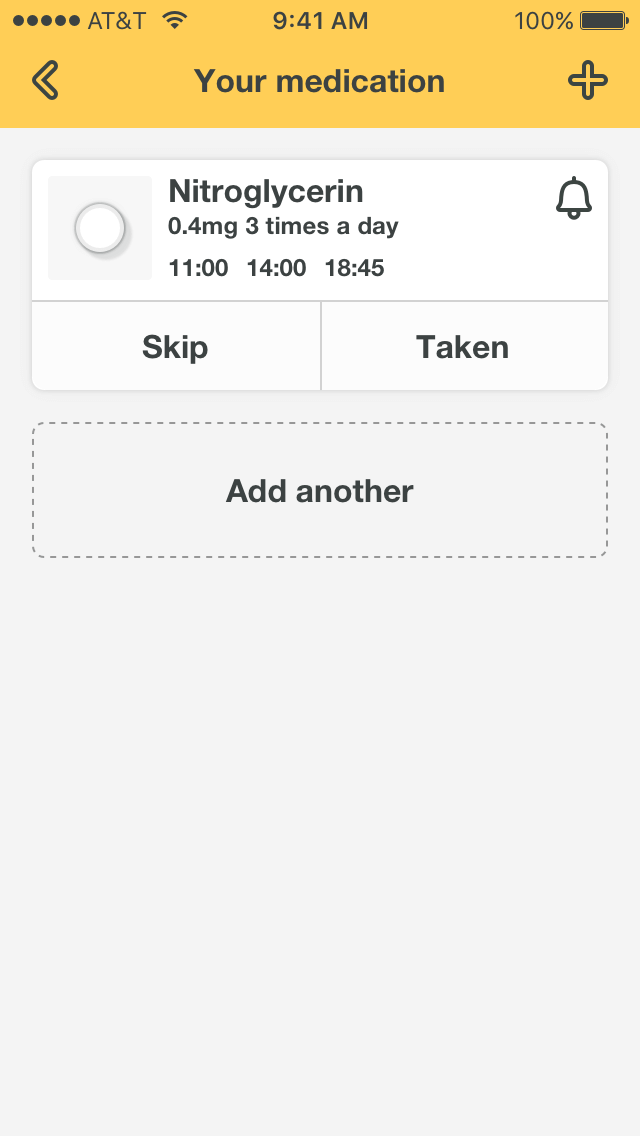
Promoting adherence
When a patient has meds saved so their profile, a reminder can be set as easy as setting an alarm. Options to adjust frequency and dose are available. When the reminder is active users can deeplink from the device homescreen to log whether the medication has been taken or skipped.
Patient profile
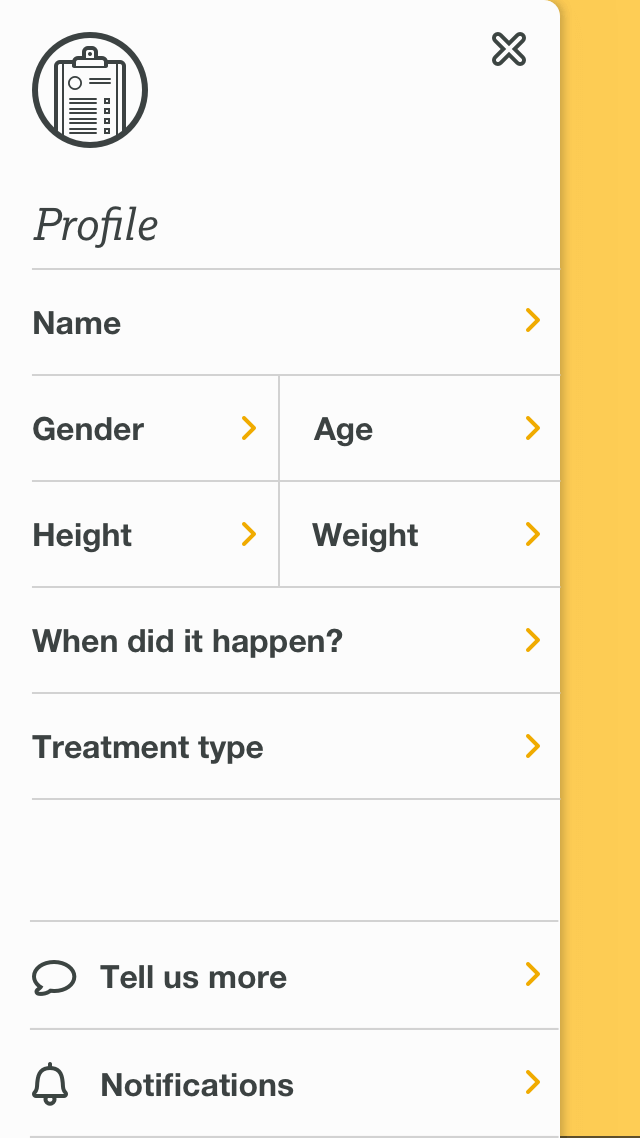
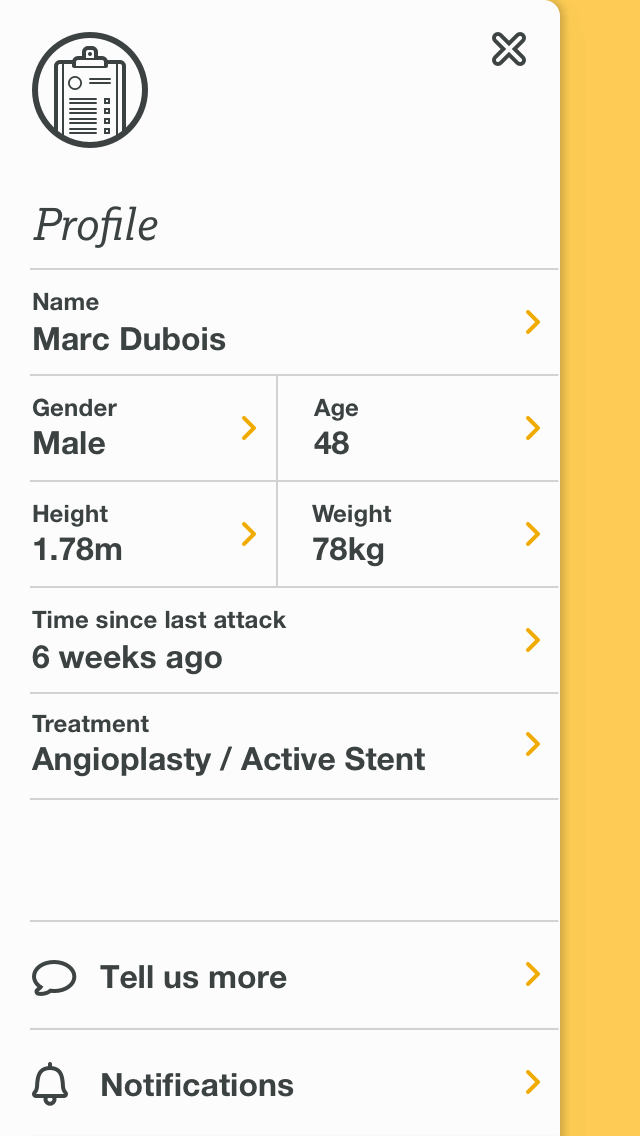
Personalisation
The patient profile is easy to access from the homecreen and can be updated at anytime. The app operates best when all the information is populated accurately and so reminds the patient to provide this information if not done so when onboarding.
Brand evolution
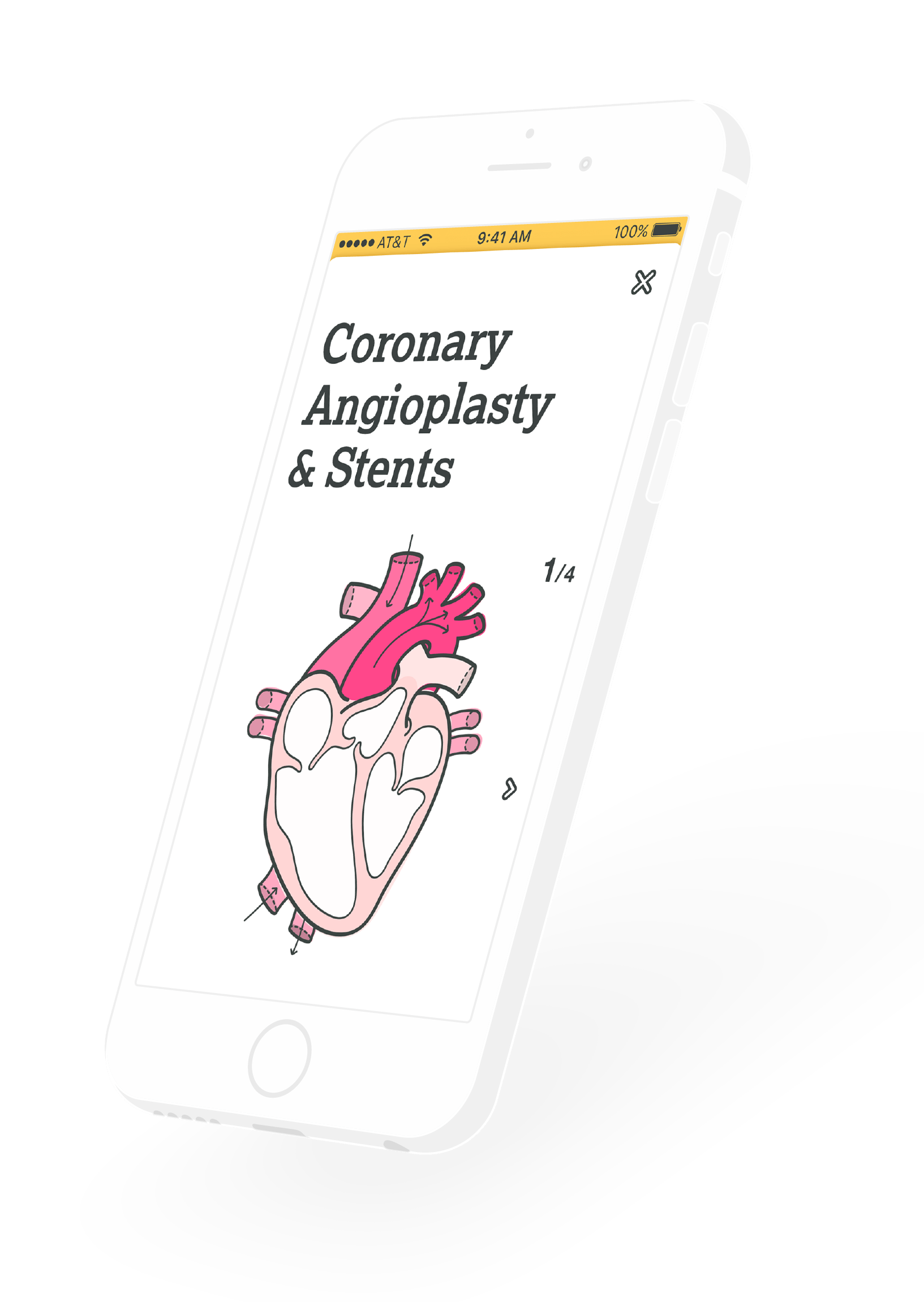
The first patient focused AZ product
Creating AstraZeneca's first patient focused product gave us the opportunity to propose a new identity. Taking AstraZeneca's typestyles and palette as inspiration, we softened the overall aesthetic with lighter tones and softer hues. Our primary pallette was chosen for its high contrast ratio and icon set designed to add a bit of character for a less corperate and more friendly identity.
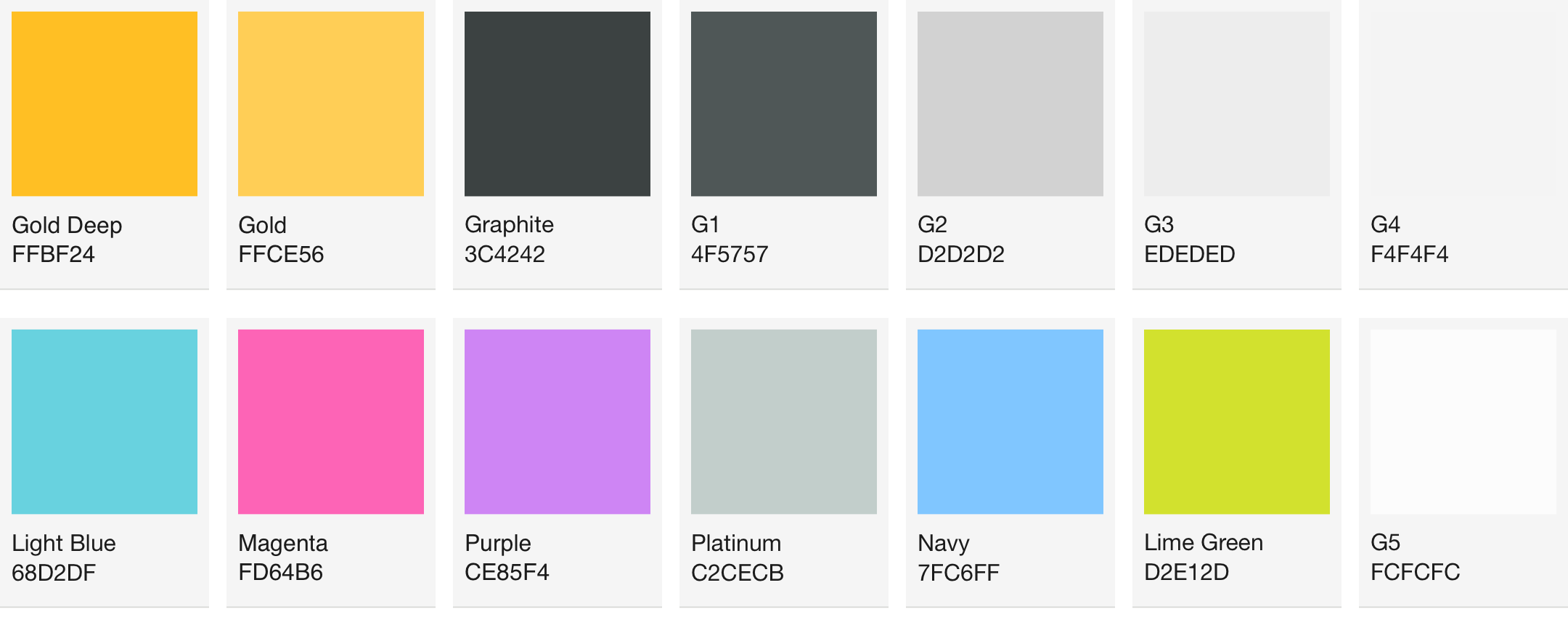

A home for content and carer portal
We provided a template for an accompanying content hub as a responsive website. This acted as a way to both provide carers acess to all the same content as the patient without having to use the app. And gave a dynamic way to handle content that is viewed from within the app using a user firendly CMS to manage the database.
